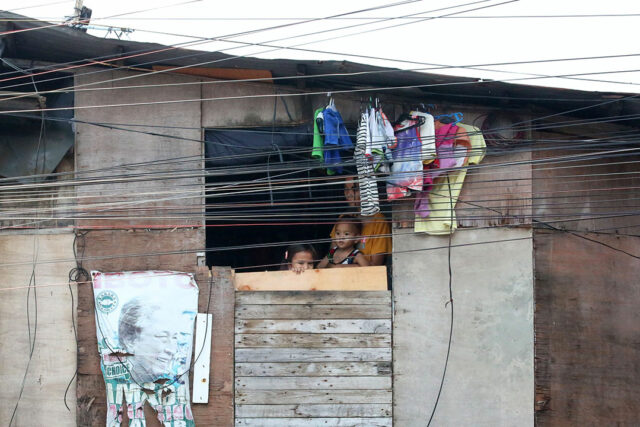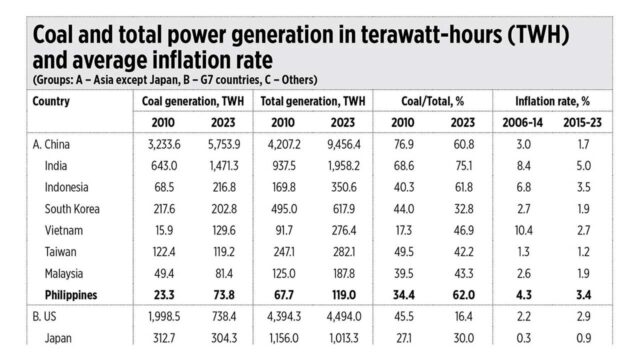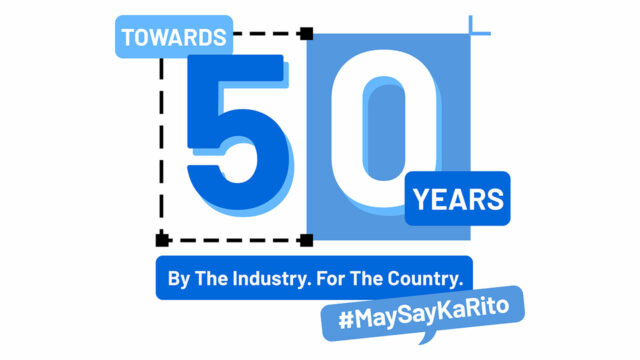Development in the 21st century: Waiting for Godot
THE Irish writer Samuel Beckett received the Nobel Prize in Literature in 1969. Waiting for Godot is his famous 1953 surrealistic tragicomedy, where the two main characters, Vladimir and Estragon, are engaged in a variety of discussions, while they wait for someone named Godot. They are not certain if they have ever met Godot, nor if he will even arrive.
A quarter of the 21st century is gone. Today, countries like India, Indonesia, Saudi Arabia, or the Philippines, feel an immense pressure to move up in the income ladder. This has prompted them to create development plans that assume they will grow by about 7% per year, like the East Asian Tigers did several decades ago. Will this become a reality, or will it be like Waiting for Godot?
The problem is that the East Asian super-fast growth miracle has not been the historical development norm. It took today’s advanced countries about 100 years on average (almost 150 in the case of the Netherlands) to traverse the middle-income segment, that is, from the time they graduated from being low-income to the moment they became high-income economies (https://jesusfelipe.net/wp-content/uploads/2022/07/Middle-Income-Trap.pdf). The reality of development is that it has been a very slow journey, at low growth rates. Very fast growth and sustained growth is a recent phenomenon that has occurred only in the second half of the 20th century in a few countries. This means that countries like the Philippines, with an income per capita of just above $4,000 today, must have grown very slowly for a very long time.
We looked at a much richer nation today, the Netherlands, and obtained its long-run annual income per capita growth profile: 0.09% between year 1AD and 1826, 1% between 1827 and 1955, 3.3% between 1956 and 1970, and about 1.6% afterward. The figures we obtained for the last 224 years give an average annual growth rate of 1.19%. My guess is that Filipino and Dutch per capita income growth rates were not significantly different until the last decades. This means that the Philippines’ starting point must have been much lower.
We have an estimated (an admittedly rough guess) Philippine income per capita in 1800, 224 years ago. We know that income per capita today is $4,200. Applying the Dutch income per capita growth rate of 1.19% implies that Philippine income per capita in 1800 was about $300. In the case of the Netherlands, its income per capita in 1800 must have been about $4,550 (slightly above Philippine income per capita today!), which, at an annual growth rate of 1.19% over the next 224 years became the current $65,000. This implies that the large gap between today’s advanced nations and the rest of the world was established long ago. It has been impossible to close it.
Recent estimates from Oxford economist Lant Pritchett (“Keeping the Gold in the Golden Rule: Economic growth and the basics of human material wellbeing,” https://lantpritchett.org/) indicate that today, there are 29 countries with a per capita income below that of the world leaders in 1700; 19 countries with a per capita income below that of the world leaders in 1870; 17 countries with a per capita income below that of the world leaders in 1918 (the Philippines is in this group); 24 countries with a per capita income below that of the world leaders in 1950; and 23 countries with a per capita income below that of the world leaders in 1968.
The East Asian economies understood that the fast track upwards was the result of getting into manufacturing and exporting. They understood that not all products have the same consequences for development. Entering manufacturing and leaving behind basic products (compare the export basket of South Korea in 1970 with today’s) meant understanding how income is generated in a modern economy. Exports forced competition in world markets, not just at home. This also implied improving what was produced (higher quality) to be able to continue competing.
While the leaders of the East Asian economies recognized the power of this recipe very well decades ago, many of their peers in today’s developing countries have not grasped it yet. Vietnam may be an exception. Reading the programs of many developing countries leaves you bewildered. These programs are a salad of dozens, even hundreds, of objectives, without a clear prioritization (there are over 350 in the latest Philippine Development Plan 2023-2028; https://pdp.neda.gov.ph/wp-content/uploads/2023/01/PDP-2023-2028.pdf).
Although there has been progress during the last decades, this has occurred at a slow pace for most countries, and overall, the world has not experienced income convergence. Why? For one, although developing economies have grown faster than advanced ones, the former fall by more than advanced countries when they fall prey to a crisis. Second, the “base effect” is a great burden. Imagine an advanced country with a per capita income of $50,000. This country’s income per capita grows by just 1%. The following year, its per capita income will be 50,500 dollars. Now let’s think of a country with an income per capita of $4,000 that grows by an amazing 10%. This country will reach $4,400 the following year. Despite growing 10 times faster than the advanced country, the absolute gap between the two has increased by $100. This is what happens in reality, namely the growth of developing countries, despite being higher than that of advanced countries, is not enough to close the gap due to the low starting point.
Overly ambitious development plans will not be fulfilled because most developing countries tend to see “boom and bust” growth, that is, periods of growth acceleration followed by periods of growth deceleration. Circumstances or policies that produce 10 years of rapid economic growth appear easily reversed, often leaving countries no better off than they were prior to the expansion.
Excelling in manufacturing is not easy, but it is the only way up. There are niches that can be exploited in virtually all manufacturing segments: glasses (chemicals), cutlery (metals), tables and chairs (furniture), table napkins, bedsheets (textile), shoes, or furniture; and in the sophisticated machines that make these products. It is in the latter where the value-added hides and what makes rich countries rich. The products we mention are the ones that “make a nation” and which most developing countries should be able to manufacture for home consumption and to compete in export markets. No developing country should say “we do not have comparative advantage in the manufacture of glasses or chairs” and then think of automobiles and other complex products. We cannot help but paraphrase Donald Trump’s famous statement about steel: “If you don’t have steel, you don’t have a country.” This is even more obvious in the case of the products we mentioned.
What developing countries need is modern capitalist firms with the necessary capabilities to make such products — these firms are the missing link. These capabilities are tacit knowledge to organize work and operate machines efficiently, both required to make high-quality products. Enhancing these capabilities should be the focus of economic policy. Given the weight of history, the governments of developing countries are not to be blamed for the fact that their countries are “poor” today. Yet, they are to be blamed for implementing wrong economic paths and for promising the arrival of Godot. In Beckett’s play, a boy shows up in the middle of it and explains to Vladimir and Estragon that he is a messenger from Godot, and that Godot will not be arriving tonight, but surely tomorrow. Yet, Godot had not arrived by the end of the play.
Unless policy makers understand the reality, their (developing) economies will not be able to close the breach with respect to the advanced nations (which are marching forward too) during the rest of this century. By the year 2050, the Philippines will be a richer economy than it is today, closer to the World Bank’s high-income threshold; but it will not be a rich, high-income, country as we understand the term, that is, as what the European countries, Japan, the US, Canada, or Australia, “look like.” True convergence with them may happen toward the year 2100 or in the 22nd century, barring economic or health crises, and wars, and only if we make significant efforts toward having an economy that resembles theirs.
This applies to many other Asian countries. While it is true that Asia’s weight in the global economy will increase further, most countries (think of Afghanistan, Nepal, Cambodia, Myanmar, and even of Bangladesh, Pakistan, or Sri Lanka) will remain far behind the advanced nations in per capita income because companies in the former make poor-quality and simple products that fetch low prices in international markets. They will still have cities with poor infrastructure, transportation, and waste management, and they will not have universities among the top 25 in the world. To say otherwise is to lie.
Jesus Felipe is a distinguished professor of Economics and a research fellow at De La Salle University. Beatriz Elaine Banzon is an Economics student at De La Salle University.













